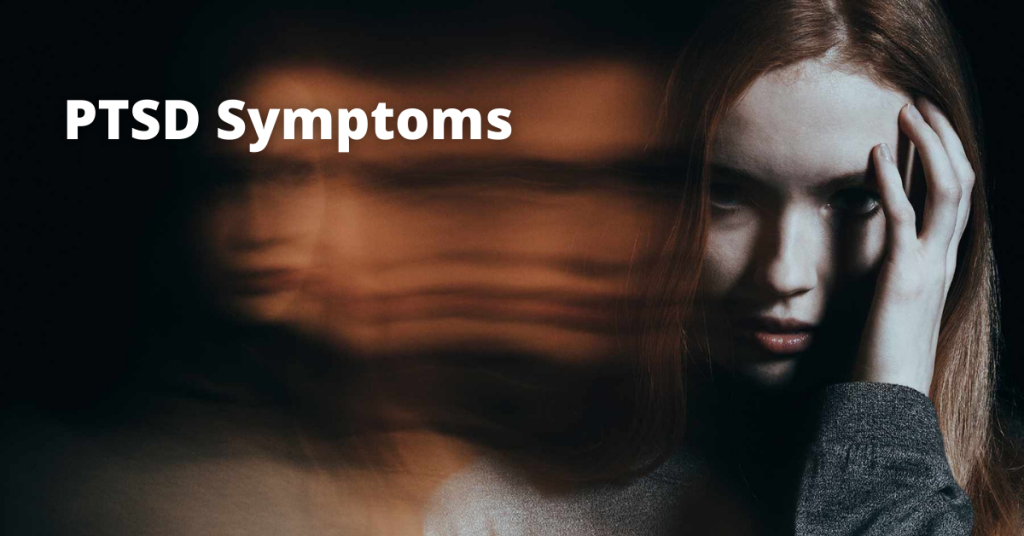Post-traumatic stress disorder, or PTSD, is a mental health condition that can develop after someone experiences a traumatic event. Symptoms of PTSD can include flashbacks, nightmares, and intrusive thoughts about the event. People with PTSD may also feel isolated and ashamed and have difficulty maintaining relationships or holding down a job. If you think you may be experiencing symptoms of PTSD, please see a doctor for help.
Contents
What Is PTSD?
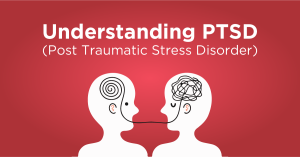 PTSD is an anxiety disorder that can develop after exposure to a terrifying event or ordeal in which severe physical harm occurred or was threatened. Traumatic events that can lead to PTSD include natural disasters, accidents, terrorist attacks, sexual assaults, and wars. This disorder can cause flashbacks, nightmares, severe anxiety, and uncontrollable thoughts about the event.
PTSD is an anxiety disorder that can develop after exposure to a terrifying event or ordeal in which severe physical harm occurred or was threatened. Traumatic events that can lead to PTSD include natural disasters, accidents, terrorist attacks, sexual assaults, and wars. This disorder can cause flashbacks, nightmares, severe anxiety, and uncontrollable thoughts about the event.
Sometimes PTSD is mistaken for a personality disorder because the person with PTSD may seem like they are always “on edge.” However, people with personality disorders generally have stable moods and behaviors, while people with PTSD often experience dramatic mood swings and problems in coping with daily life.
PTSD Symptoms
There are many symptoms of PTSD, but the most common are:
Flashbacks
 Flashbacks are very common in people with PTSD. They are intrusive thoughts or images of the traumatic event that can pop into your head at any time. You may feel like you’re right back in the moment of the trauma, and it can be very frightening.
Flashbacks are very common in people with PTSD. They are intrusive thoughts or images of the traumatic event that can pop into your head at any time. You may feel like you’re right back in the moment of the trauma, and it can be very frightening.
Nightmares
People with PTSD often have nightmares about the traumatic event. The dreams may be so realistic that you wake up in a panic. Sometimes the nightmares are so bad that you can’t get back to sleep.
Avoidance
 People with PTSD may try to avoid any reminders of the traumatic event. They may avoid talking about it, seeing pictures or videos related to it, or going to places where it happened. This type of avoidance is usually an attempt to control the fear and anxiety caused by the trauma.
People with PTSD may try to avoid any reminders of the traumatic event. They may avoid talking about it, seeing pictures or videos related to it, or going to places where it happened. This type of avoidance is usually an attempt to control the fear and anxiety caused by the trauma.
Anger and Irritability
Many people with PTSD feel angry and irritable. They may snap at family members or friends for no reason. They may also have a hard time controlling their temper. It also means they might have a hard time sitting still and maybe constantly moving around.
Feeling Numb
 Many people with PTSD feel numb or detached from their surroundings. They may not feel happy or sad, and they may not care about anything. This is another way of trying to cope with the pain of the trauma.
Many people with PTSD feel numb or detached from their surroundings. They may not feel happy or sad, and they may not care about anything. This is another way of trying to cope with the pain of the trauma.
Depression
People with PTSD often suffer from depression. They may feel hopeless and helpless, and they may think that life isn’t worth living anymore. Some people with PTSD also hurt themselves on purpose or attempt suicide. This also shows that suicide should never be taken lightly.
Negative Emotions
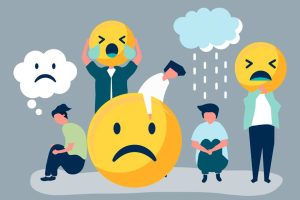 There are a lot of negative emotions that come with PTSD. People with the disorder often feel scared, anxious, guilty, and ashamed. They may also feel like they’re crazy or have lost their minds. Sometimes people with PTSD feel like they’re in danger all the time, even when they’re not. This can be very frightening and exhausting.
There are a lot of negative emotions that come with PTSD. People with the disorder often feel scared, anxious, guilty, and ashamed. They may also feel like they’re crazy or have lost their minds. Sometimes people with PTSD feel like they’re in danger all the time, even when they’re not. This can be very frightening and exhausting.
Trouble Concentrating
PTSD can make it hard to concentrate on anything other than the traumatic event. This is because people with PTSD are constantly trying to cope with the fear and anxiety that comes with the disorder. It can be very hard to focus on school or work when you’re always worried about something happening.
Physical Symptoms
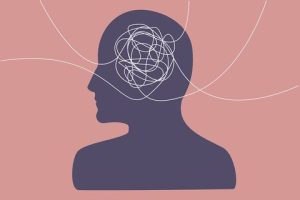 People with PTSD often have physical symptoms too, such as headaches, stomach problems, chest pain, and rapid heartbeat. These are all ways for your body to tell you that it’s not coping well with the stress of the traumatic event.
People with PTSD often have physical symptoms too, such as headaches, stomach problems, chest pain, and rapid heartbeat. These are all ways for your body to tell you that it’s not coping well with the stress of the traumatic event.
Hallucinations
Sometimes people with PTSD experience hallucinations. This means they see, hear, or smell things that aren’t really there. For example, they may see someone who was killed in a traumatic event or hear explosions going off even though it’s quiet.
Trouble Breathing
 There are also times when people with PTSD have trouble breathing. This is usually because they’re so worried and anxious that they start to feel like they can’t get enough air. This can be very frightening and make it hard to calm down.
There are also times when people with PTSD have trouble breathing. This is usually because they’re so worried and anxious that they start to feel like they can’t get enough air. This can be very frightening and make it hard to calm down.
Triggers of PTSD Symptoms
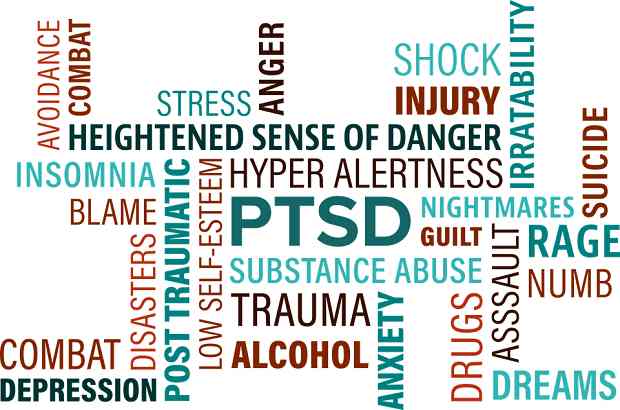
There are many things that can trigger PTSD symptoms. Some of these are:
Sights
Sights can be a big trigger for PTSD symptoms. things like car accidents, fires, or anything that reminds you of the traumatic event can cause flashbacks, nightmares, and other PTSD symptoms. This is why it’s so important to try and avoid any reminders of the event.
Sounds
Sounds are one of the main triggers for PTSD symptoms. Loud noises can cause flashbacks and intense emotions. It is important to be aware of your surroundings and what sounds may trigger a reaction. There may be a time when you have to leave a situation because the noise is too overwhelming.
Touch
Touch can also be a trigger for PTSD symptoms. This could be physical touch or emotional touch. For example, someone who was sexually assaulted may find it difficult to be touched by anyone else. Or, someone who lost a loved one may find it hard to deal with any type of touch from others.
Smells
Smells can also be a trigger for PTSD symptoms. This could be the smell of a particular perfume or cologne, the smell of smoke, or the smell of food. It is important to be aware of your surroundings and what smells may trigger a reaction.
People
People can also be a trigger for PTSD symptoms. For example, someone who was abused by their parents may find it difficult to be around other people. Or, someone who was in a car accident may find it hard to be around cars.
Situations
Situations can also be a trigger for PTSD symptoms. For example, being in a crowded place or being alone at night. It is important to be aware of your surroundings and what situations may trigger a reaction. This includes being aware of your surroundings when you are home and when you are out.
Treatment of PTSD Symptoms
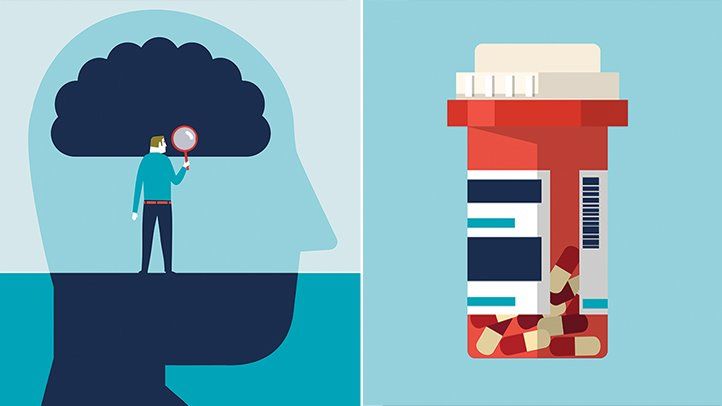
The treatment of PTSD symptoms can be difficult, but it is possible. There are many different types of therapy that can help people cope with the disorder. Some people also find it helpful to join a support group where they can talk to other people who have gone through similar experiences.
Some other treatment options are:
Medications
Medications are often used to help treat PTSD symptoms. There are many different types of medications that can be prescribed, and it is important to find the one that works best for you.
Cognitive Behavioral Therapy
Cognitive-behavioral therapy is a type of therapy that helps people change the way they think about the traumatic event. This can help reduce the fear and anxiety that come with PTSD.
Eye Movement Desensitization and Reprocessing
Eye movement desensitization and reprocessing is a type of therapy that helps people process the traumatic event. This therapy uses eye movements to help calm down the brain and body.
Prolonged Exposure Therapy
Prolonged exposure therapy is a type of therapy that helps people face their fears. This therapy involves talking about the traumatic event and listening to recordings of the event.
Virtual Reality Therapy
Virtual reality therapy is a type of therapy that uses virtual reality simulations to help people process the traumatic event. This therapy can be helpful for people who have trouble facing their fears.
Group Therapy
Group therapy is a type of therapy that takes place in a group setting. This type of therapy can be helpful for people who want to talk to other people who have gone through similar experiences.
How To Manage PTSD Symptoms?

There are many different ways to manage PTSD symptoms. It is important to find the method that works best for you.
Some methods of managing PTSD symptoms are:
Journaling
Journaling can be a helpful way to express your thoughts and feelings about the traumatic event. This can help you process the event and understand what happened.
Consulting a Therapist
Consulting a therapist can be helpful for people who are struggling to manage their PTSD symptoms. A therapist can help you understand your thoughts and feelings about the event and provide support.
Exercise
Exercise can be a great way to release tension and stress. It can also help improve moods and sleep quality. Exercise can also be helpful in managing PTSD symptoms.
Yoga
Yoga can be a helpful way to relax the body and mind. This practice can help people learn how to deal with difficult emotions in a healthy way.
Eating Good Food
You can also at good food to help manage your PTSD symptoms. Eating healthy foods can help improve moods and energy levels. It is important to eat a balanced diet and avoid processed foods.
Getting Enough Sleep
It is also important to get enough sleep when you are dealing with PTSD symptoms. Getting adequate sleep can help improve moods and energy levels. Try to go to bed and wake up at the same time each day.
Staying Connected
Finally, it is important to stay connected with people who care about you. This includes family members, friends, and support groups. Staying connected can help reduce stress and provide emotional support.
Mindfulness Meditation
Mindfulness meditation is a type of meditation that helps people focus on their present moment experience. This can help people become more aware of their thoughts and feelings.
Art Therapy
Art therapy is a type of therapy that uses art to express emotions. This can be helpful for people who have difficulty talking about the traumatic event.
Talk Therapy
Talk therapy is a type of therapy where you talk to a therapist about your thoughts and feelings. This can be helpful for people who want to understand their PTSD symptoms better.
Practice Positivity
You should also practice positivity in your life. This means being kind to yourself and others and looking on the bright side of things. Positivity can help improve moods and reduce stress levels. You can also use positive affirmations to help improve your mood.
Conclusion
PTSD is a difficult disorder to deal with, but there are many different treatment options available. It is important to find the method that works best for you and stick with it. You should also practice positivity in your life to improve your moods and reduce stress levels.
If you or a loved one is struggling with PTSD symptoms, please seek help from a therapist or counselor. There are many resources available to help you get started. For more information, please visit our website. We provide information related to this and other topics.
A Word From Therapy Mantra
Your mental health — your psychological, emotional, and social well-being — has an impact on every aspect of your life. Positive mental health essentially allows you to effectively deal with life’s everyday challenges.
At Mantra Care, we have a team of therapists who provide affordable online therapy to assist you with issues such as depression, anxiety, stress, relationship, OCD, LGBTQ, and PTSD. You can take our mental health test. You can also book a free therapy or download our free Android or iOS app.
